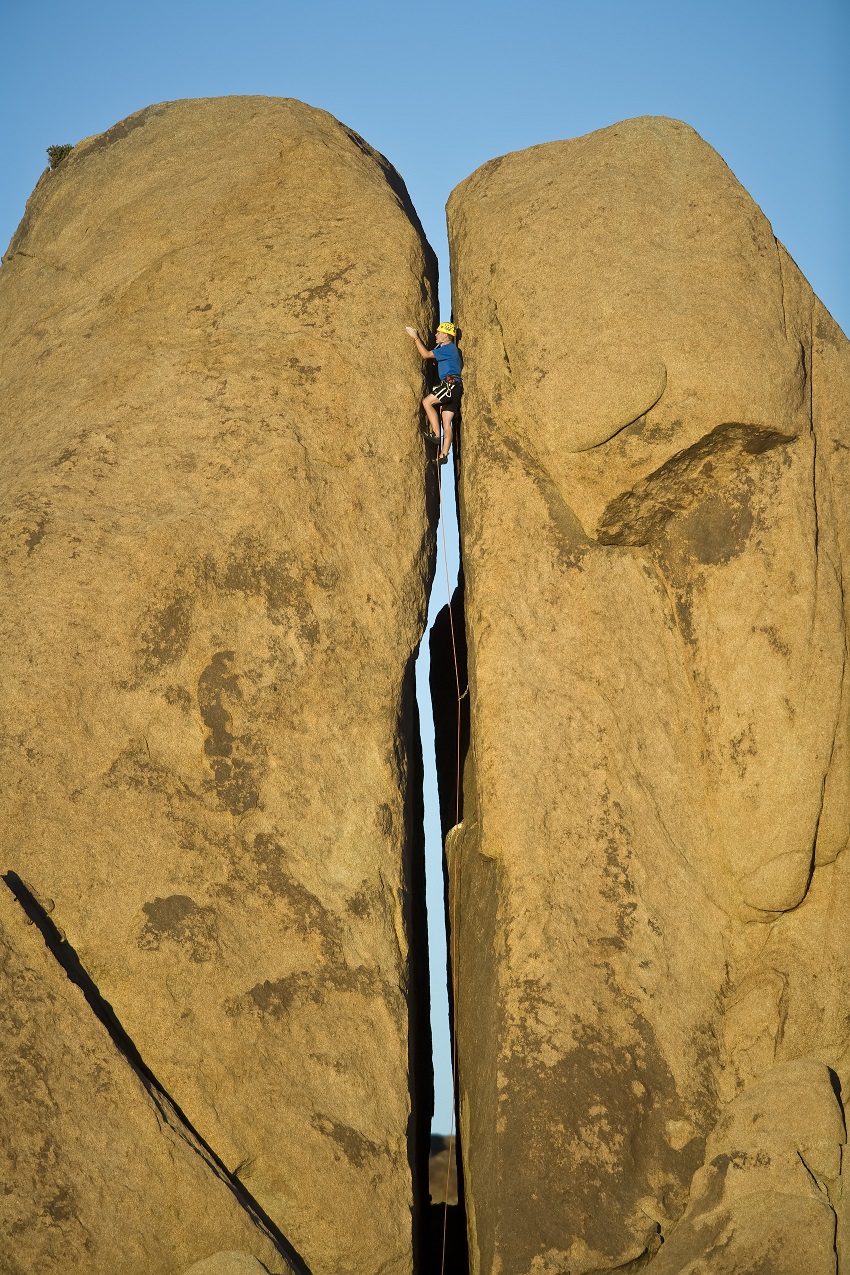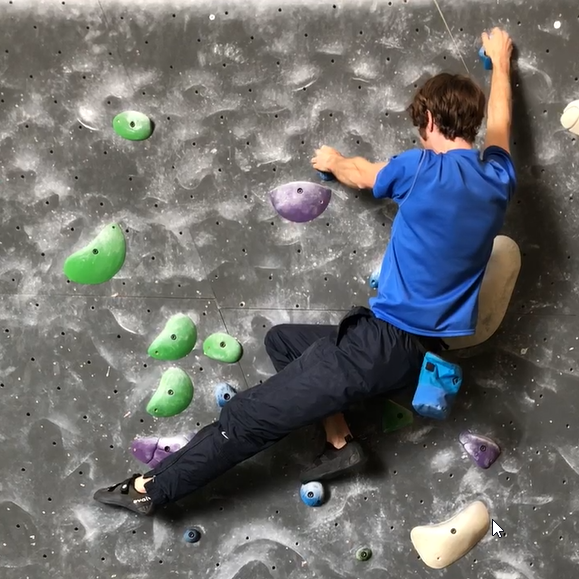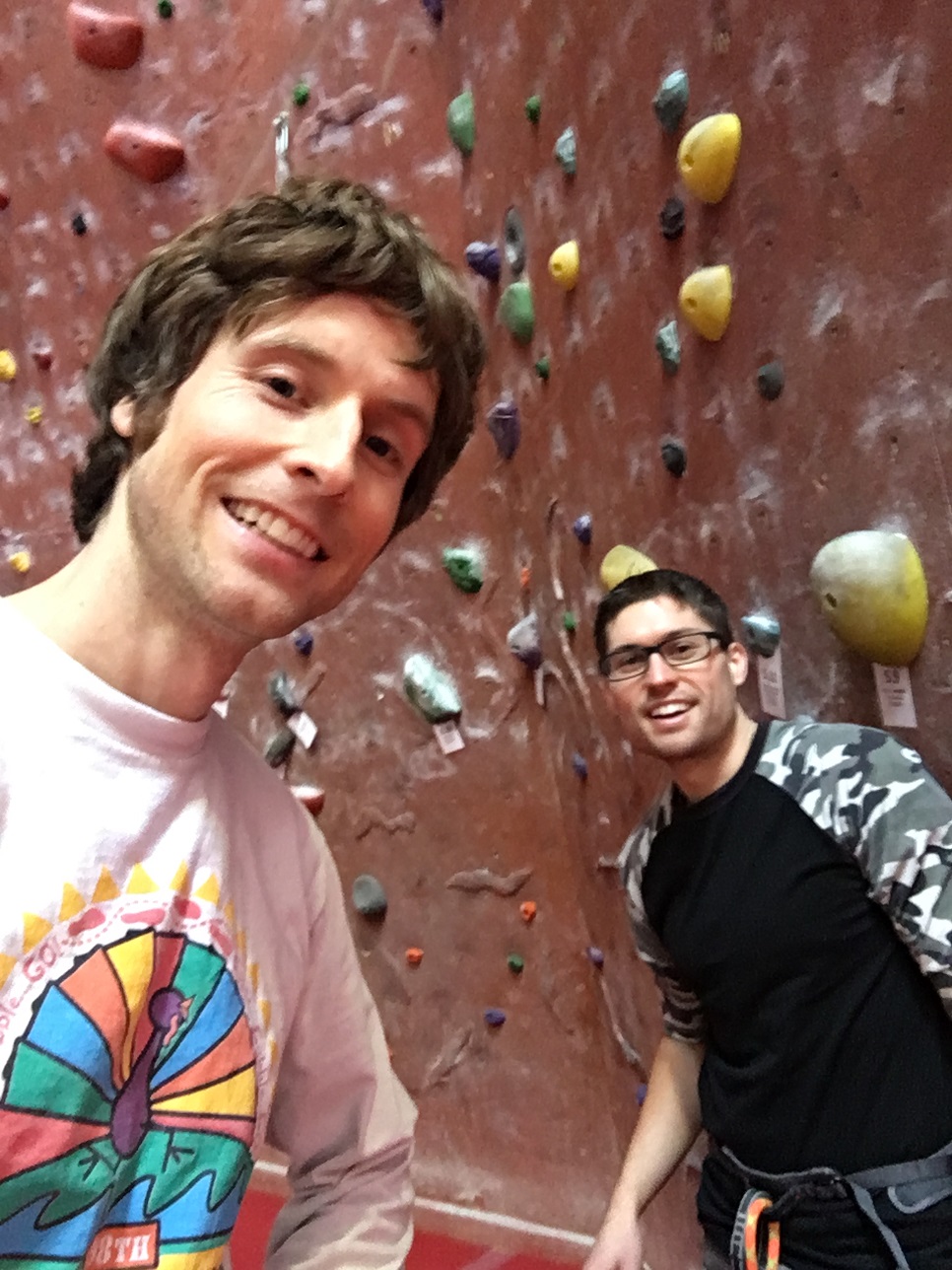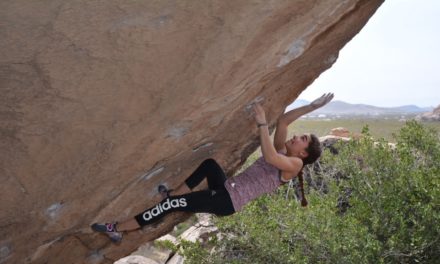When you climb outdoors, it is important to know the lingo used to describe rock formations.
Guidebooks, apps, and other climbers will use these words to describe a climbing route. If you aren’t prepared, you will find yourself scratching your head along the trail.
To ensure you don’t end up on a piece of rock that will leave you in a dangerous position or having to abandon expensive gear on the wall, make sure you know these 9 rock shapes and how to navigate them.
- Arête – an outside (convex) corner formed when two faces of rock come together.
- Dihedral – an inside (concave) corner formed when two faces of rock come together.
- Overhung – This is the rock climbing photo every climber wants to have of themselves! The wall leans back, making it harder for the climber to stay on the wall. This type of wall requires a lot of arm, back, and hamstring strength.
- Roof – If you find yourself climbing horizontally on a wall, as if you’re hanging from a ceiling, then you are climbing on a roof.
- Ledge – The opposite of a roof. A ledge is a section of horizontal rock you can stand on. This is a great place to stand and get a rest before continuing on your climb.
The most famous ledge is “Thank God Ledge” on Half Dome in Yosemite. This is where Alex Honnold famously regathered himself on his free solo (a climb without ropes) ascent of Half Dome. https://senderfilms.com/productions/details/1551/Alone-On-The-Wall
Here, Eric starts on a ledge and immediately reaches up to a roof. He begins climbing around from the roof, around to the front face of the rock, and on to the next ledge.
- Slab – This is often very difficult for new climbers because it is rarely simulated in the gym. Experienced climbers, however, can ascend some seconds of slab with relatively little energy expended. Slab is a section of smooth rock where the climber ascends using either small crimpy holds or smear moves.
- Crimpy holds are those which are only big enough to be grasped with the finger tips or tips of the toes.
- Smearing is when the climber places the flat bottom of their shoes against the wall and uses the friction between the shoe and the flat rock surface to create an upward force.
- Hueco – this is a fairly rare but exciting find. It’s like a bowl shape in the rock. Like a tiny cave where you can sit and ponder the meaning of life while on your climb.
Caption: Pete Benjamin enjoys a rest in the Hueco on “Roadkill,” a 5.10c/d route.
Location: Cooper’s Cove, Red River Gorge, KY. Photo by Mario Orozco.
- Chimney – Just like it sounds, this is when a climber seems to be climbing up a tunnel of rock. The climber can push their hands and feet away from their body, and use friction to move themselves up the wall.
- Crack – Often portrayed in climbing photography, the crack is a classic example of climbing geometry. It is not a common rock formation for new climbers. Sport climbs (defined below) generally avoid cracks because these are used by Trad climbers (defined below) and climbed with trad climbing gear. There is an entire set of other climbing moves, hand positions, and body positions to learn in crack climbing.
Trad (traditional) climbing is a type of climbing in which the climbers carry specialized gear (a lot more gear than required for Sport Climbing), which they place into cracks and spaces on the rock. This gear is used to create fall protection as they climb.
Sport Climbing is a type of climbing in which the climbers use “fixed gear,” or gear that is permanently installed in the wall, to attach to as they climb.
Top Rope Climbing is a type of climbing where the rope is already hanging off the wall before the climber starts climbing. The rope may be supported at the top by some “fixed gear” permanently attached to the top of the wall, or the climbers may make what is called an “anchor system” out of straps and ropes attached to some secure structure (like a tree or railing).
- https://www.rei.com/product/896050/the-crack-climbers-technique-manual
- http://falcon.com/book/9780762745913
(always have a “leaver” a.k.a. “bail biner” link to leaver biner blog post),
https://www.rei.com/product/887383/metolius-fs-mini-ii-carabiner





